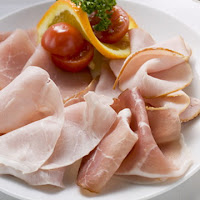Food Technology - Organoleptic Properties of Food - Organoleptic means making an impression on an organ of special sense: sight, hering, feeling, smell, and taste. The physical and chemical characteristics of food are stimuli for the eye, ear, skin and muscles, nose, and mouth whose receptors initiate impulses that travel to the brain where perception occurs. Perception or correlation of sensory impressions determines whether a food will be accepted or rejected.
A food need not be liked to be accepted. It need only emit sensory impressions that are perceived as affirmative responses to the questions: “Is it edible?” “Shall I eat it”.
Edibility means fit to be eaten. A first requisite of quality, it connotes absence of toxicity. Latent toxicty eludes predetection by consumers who, therefore, must rely on the quality controls of the food industry to provide edible foods. However, overt toxicity, suh as from allergenic or spoiled food, can be anticipated from sensory experience and causes food to be rejected.
In general, people do not now emphasize adibility so much as the answer to “Shall I eat it?” factores such as age, health, socio-economic status, environment, religion, attitude, personal freedom, instinct, customs, appetite, and choices form personal baselines for assessing the sensory impressions of a food. An assessment signifying dislike cause rejection; assessment signifying not dislike is passive, permitting acceptance. Acceptance is the prerequisite to liking and to true preference.
It is important to us to consider the organoleptic properties of foods and their assessment from the standpoint of the human senses. The senses are described as physical or chemical in nature despending on the nature of their stimuli.


Your site provides fully information about health food.Its so nice description.
ReplyDeleteInsurance for Young Drivers